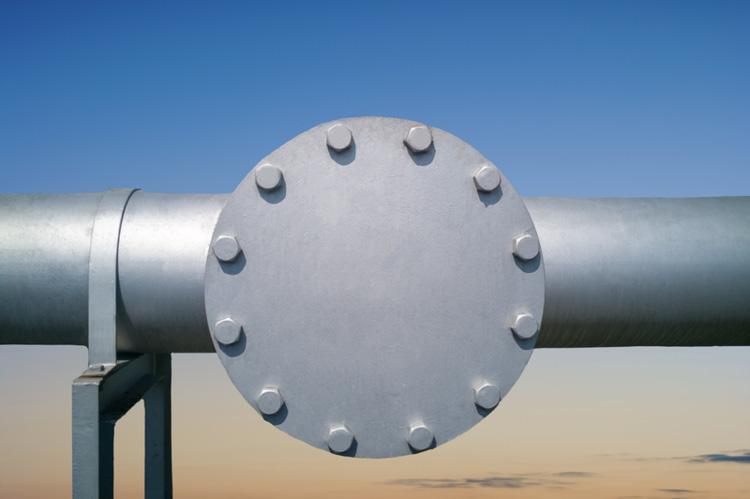Real-Time Networks: Gas Data, Demand and Network Modelling

The gas industry in Great Britain has experienced fundamental change over the last 20 years and is continuing to change rapidly. There has been a reduction in indigenous supply, with an acceleration in the connection of new unconventional sources through biomethane supplies and the potential for hydrogen blending in the future. These changes are targeting the transition of the gas system to meet the requirements net zero emissions by 2050. Added to this there have been significant changes in consumer be haviour and use of gas, combined with the advent of downstream renewable technologies.
With over 80% of GB peak energy demand sup plied by the gas network, the gas system has a very significant role to play in the journey to a lower car bon future. Key to this is a flexibl e distribution network that can be adapted to the evolving energy needs of the country.
The GB gas networks methods for network modelling and management are outdated, however. They are based on a transmission network spine, supplying downstream distribution networks fed by a consistent source of natural gas with a limited range of Calorific Values (CV). Current demand algorithms have been developed to ensure security of supply at a peak demand condition, and ‘snapshot’ steady state modelling at a worst-case scenario underpins all capital and investment within the distribution networks. Off-pe ak analysis of the system is achieved thr ough basic scaling of these peak values.
These demand algorithms are based on research carried out in the early 1980s and are basic in their approach, lacking the flexibility needed for modelling the curr ent and future requirements of the gas system. The emerg ence of unconventional sources of gas, such as biomethane, and the potential for changes in quality requirements, and thus range of CV, for gas allowed to enter the system, require far g reater network modelling capability to ensure efficient network design and management.
This paper is formed from extracts from the soon-to-be-published Real-Time Networks Report to the Gas Industry.
